Abstract
An isometric system for the assay of smooth muscle contraction is described. Studies of the nature of the response of this tissue to histamine, anaphylatoxin and specific antigen indicate important differences with respect to length of latent period and the effect of repetitive stimuli. Data are presented on the effect of variation in the calcium concentration on the responsiveness to histamine and antigen.
Regional variability in the responsiveness of guinea-pig small intestine to various stimuli has been studied. Data are presented which indicate that the rate of increase of the response to antigen, and the maximal force of the response to antigen, are temperature dependent. The responses to antigen are not significantly different after prior exposure to acetylcholine, serotonin, histamine, or potassium ions.
Contractions induced by potassium chloride are followed by markedly diminished responses to rat serum anaphylatoxin.
Further data are provided on the parallelism between C′3 utilization and formation of anaphylatoxin from rat serum.
Full text
PDF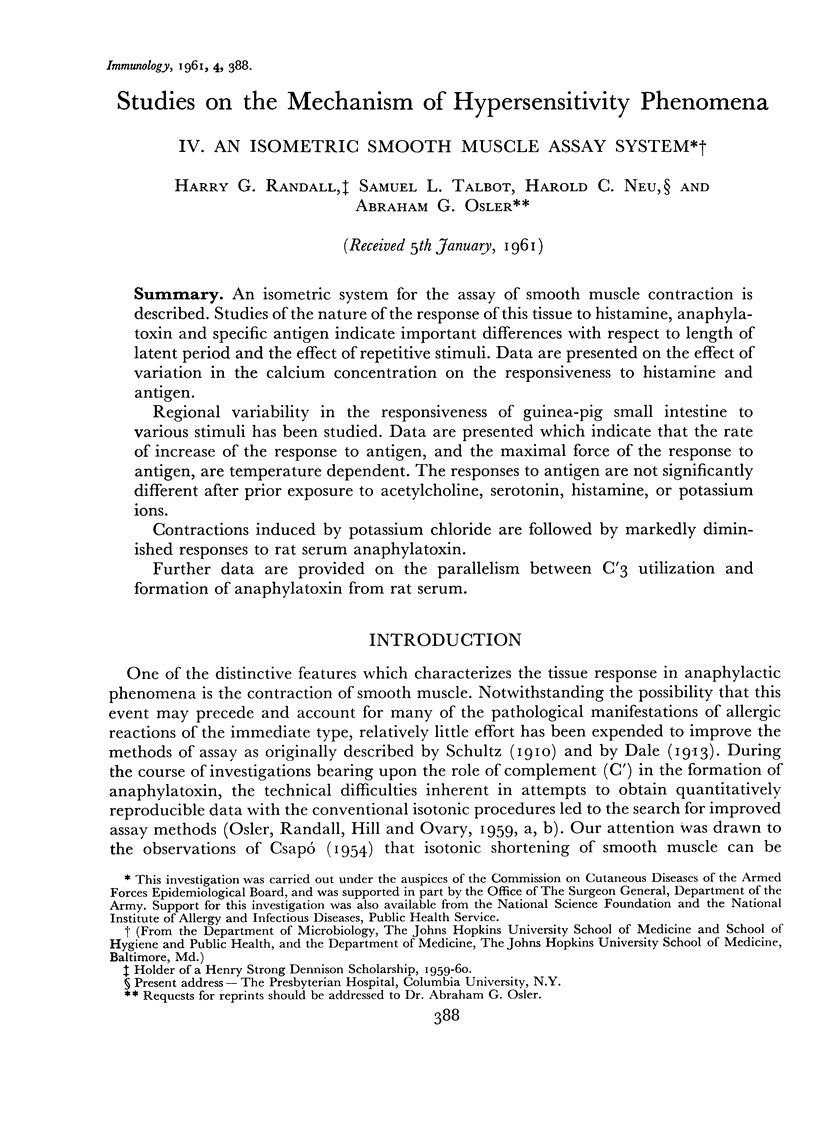
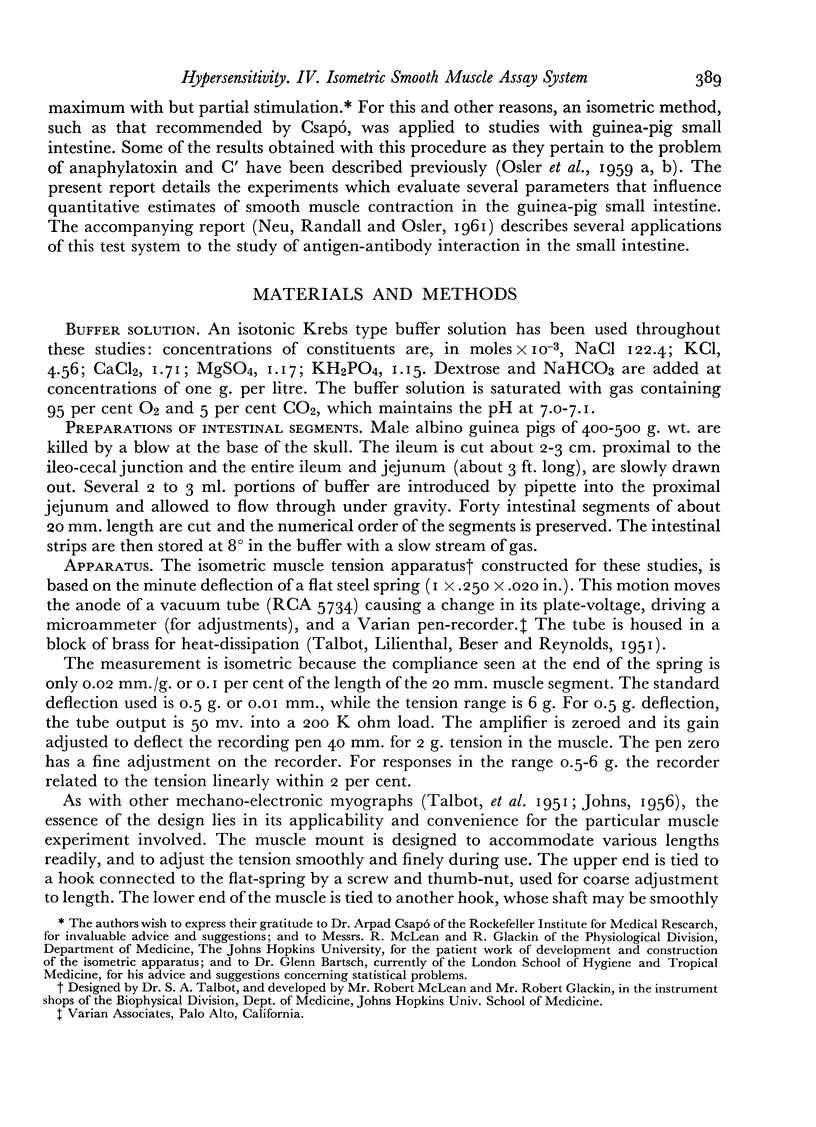
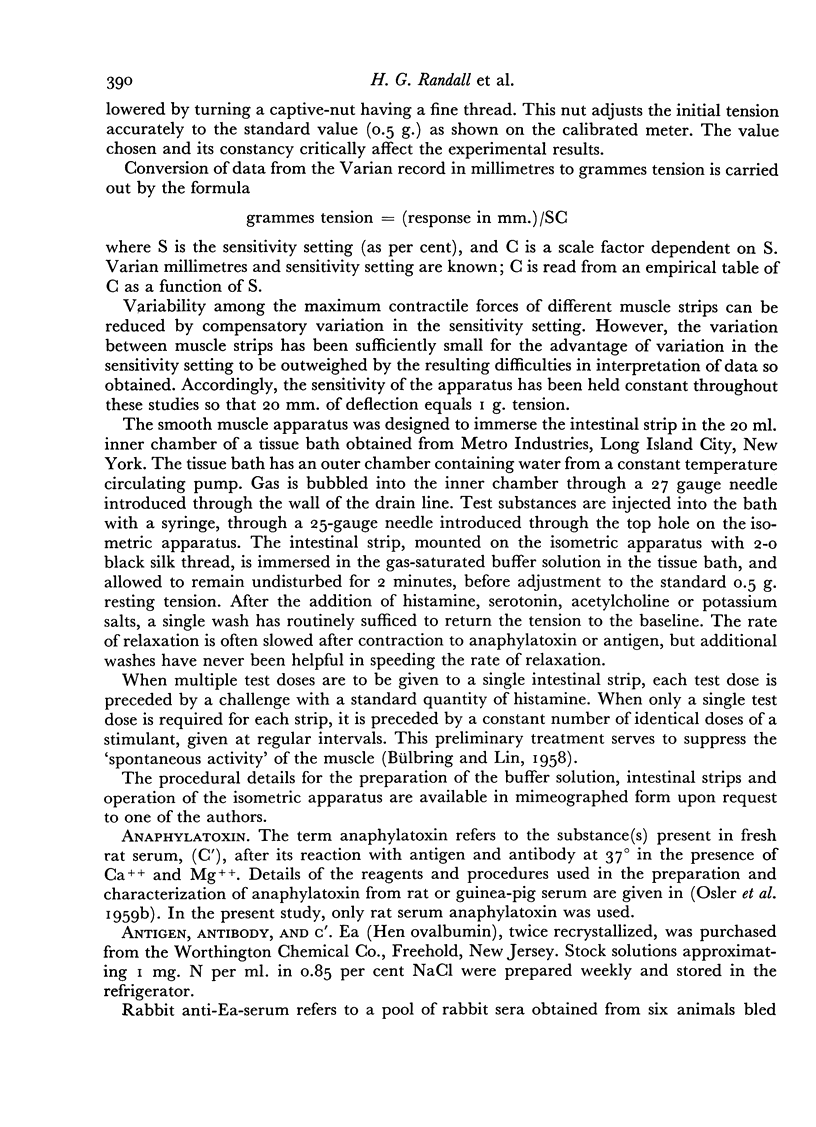
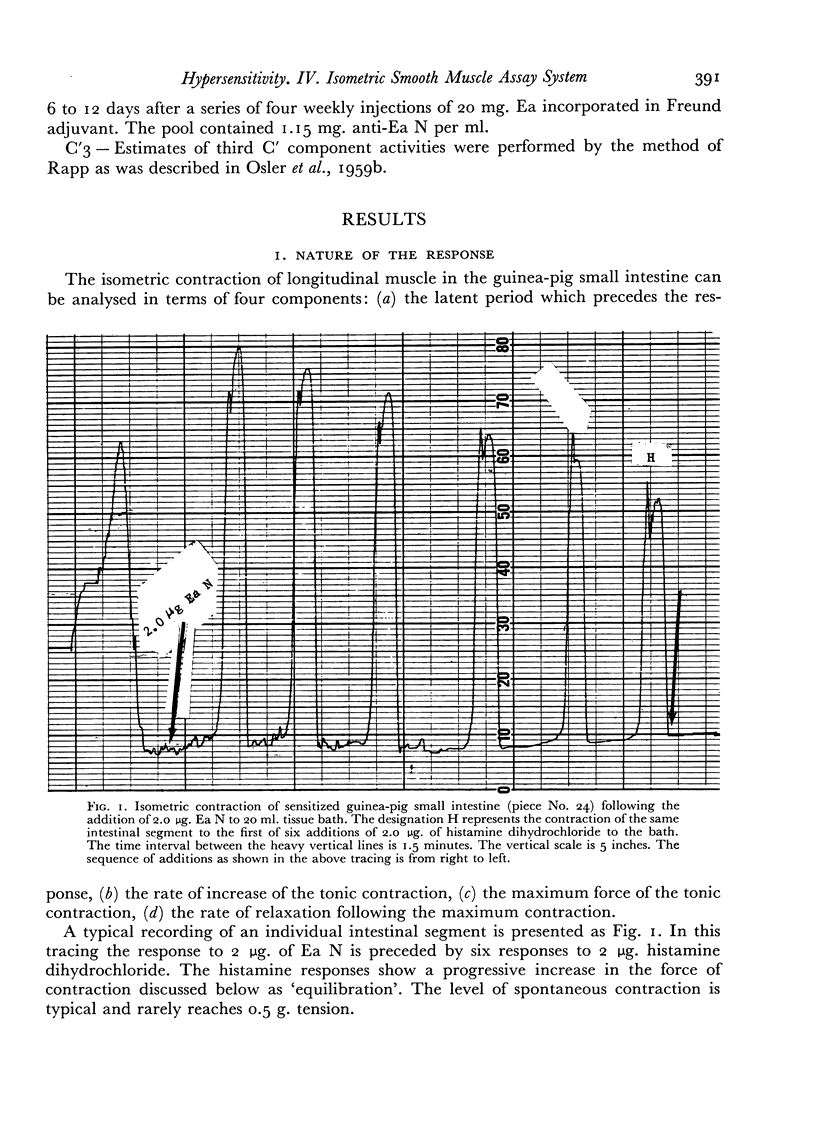
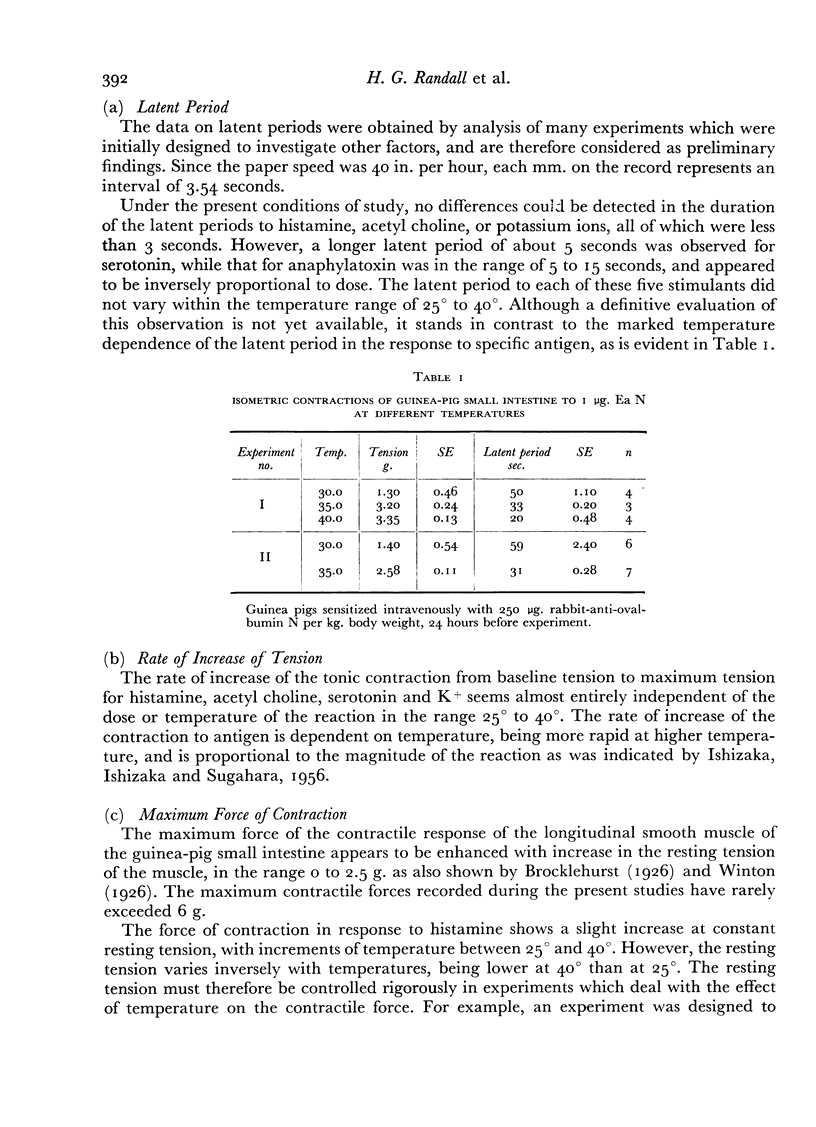
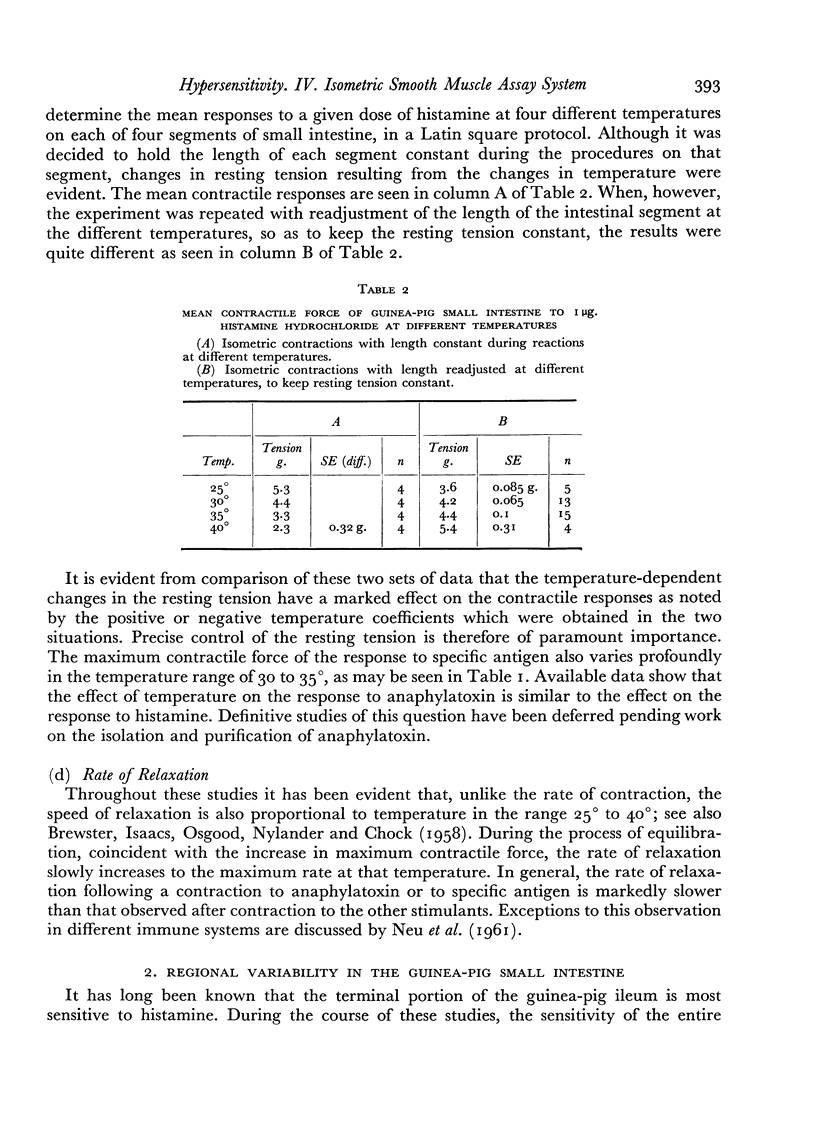
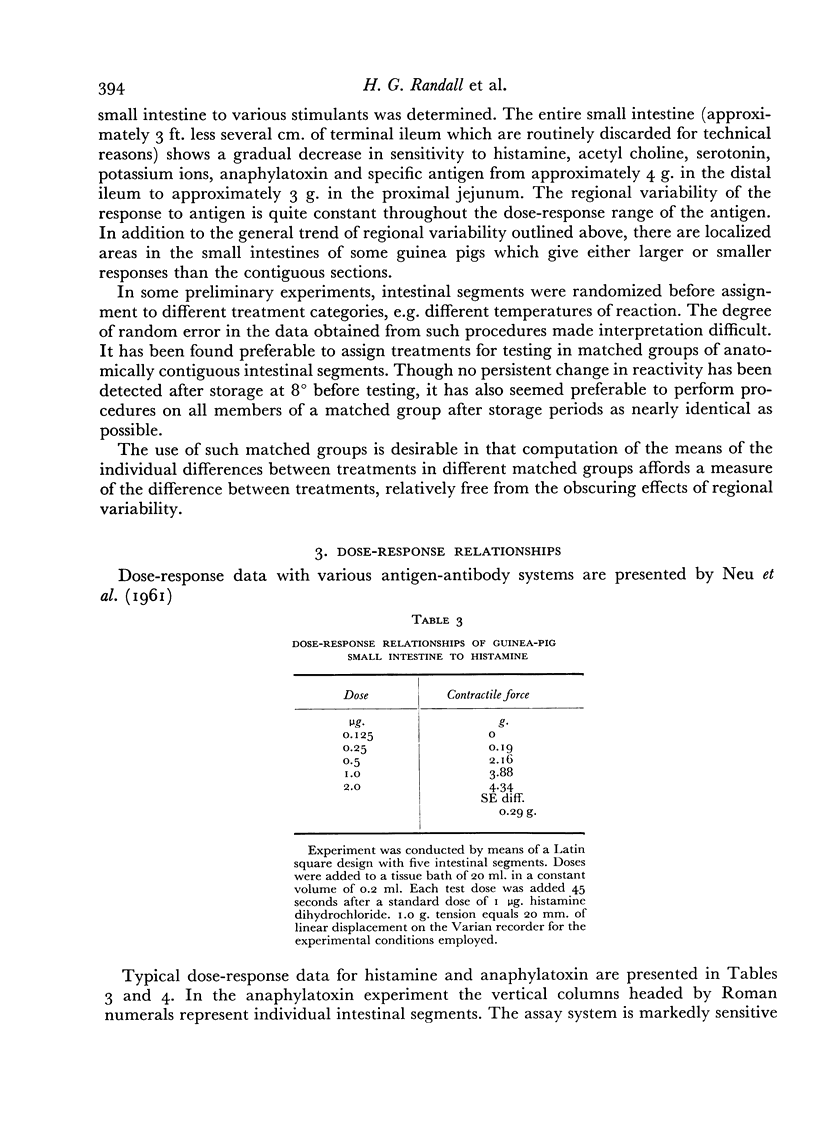
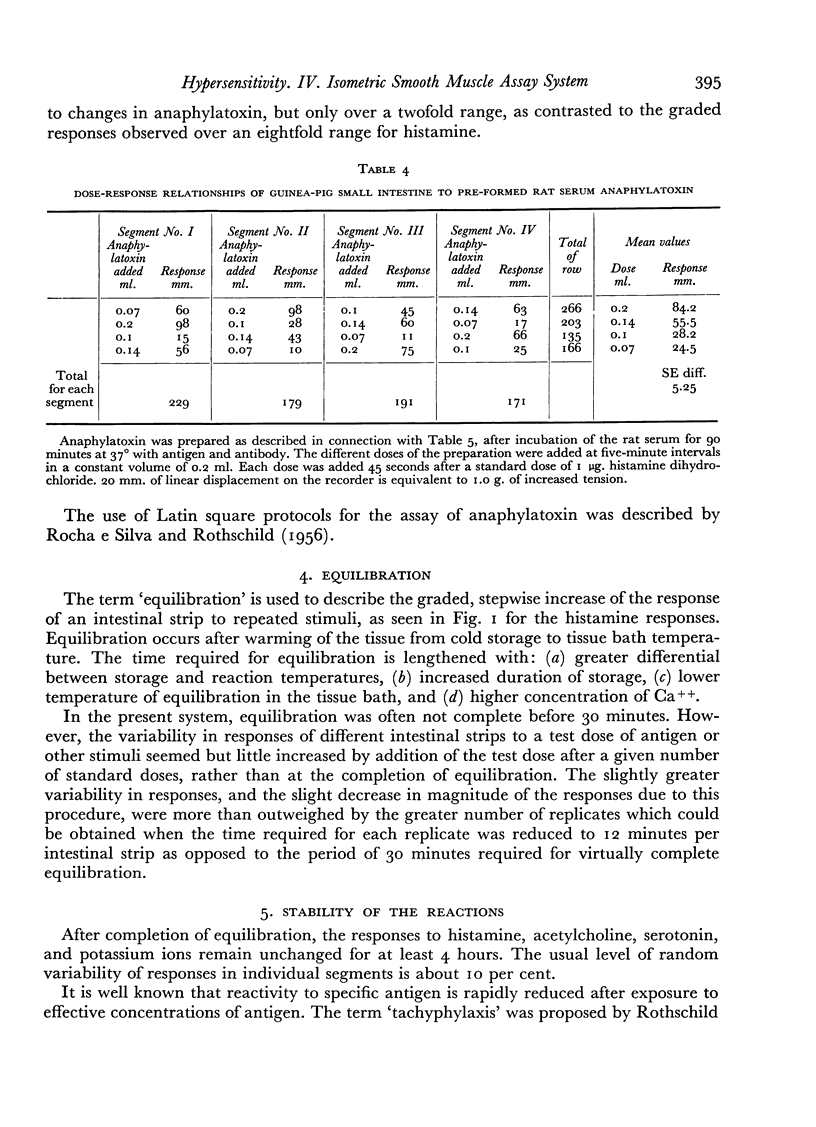
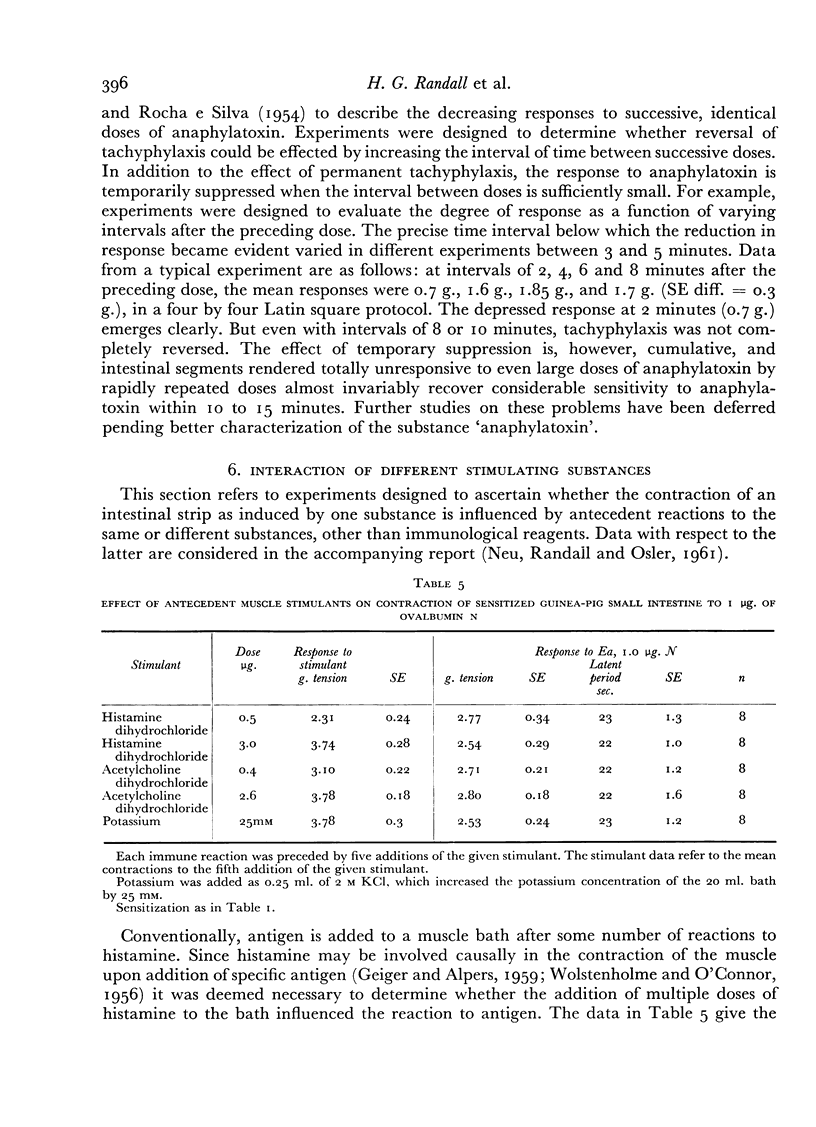
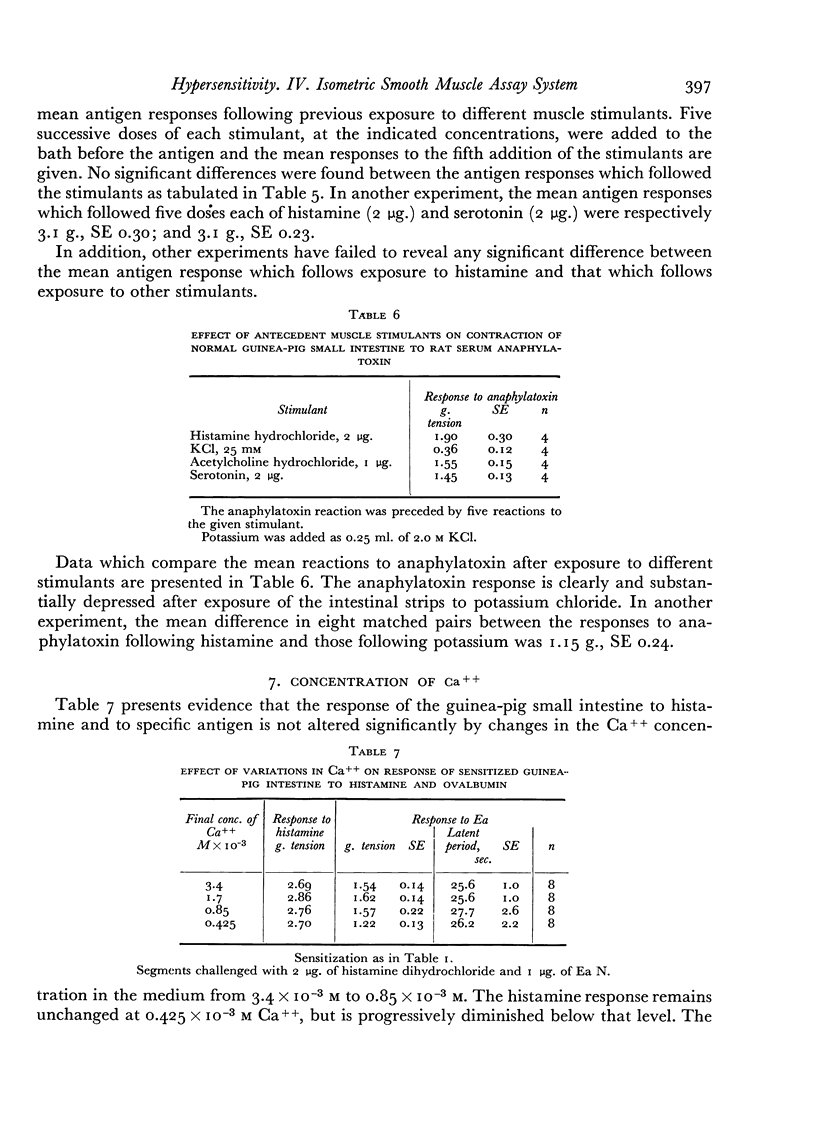
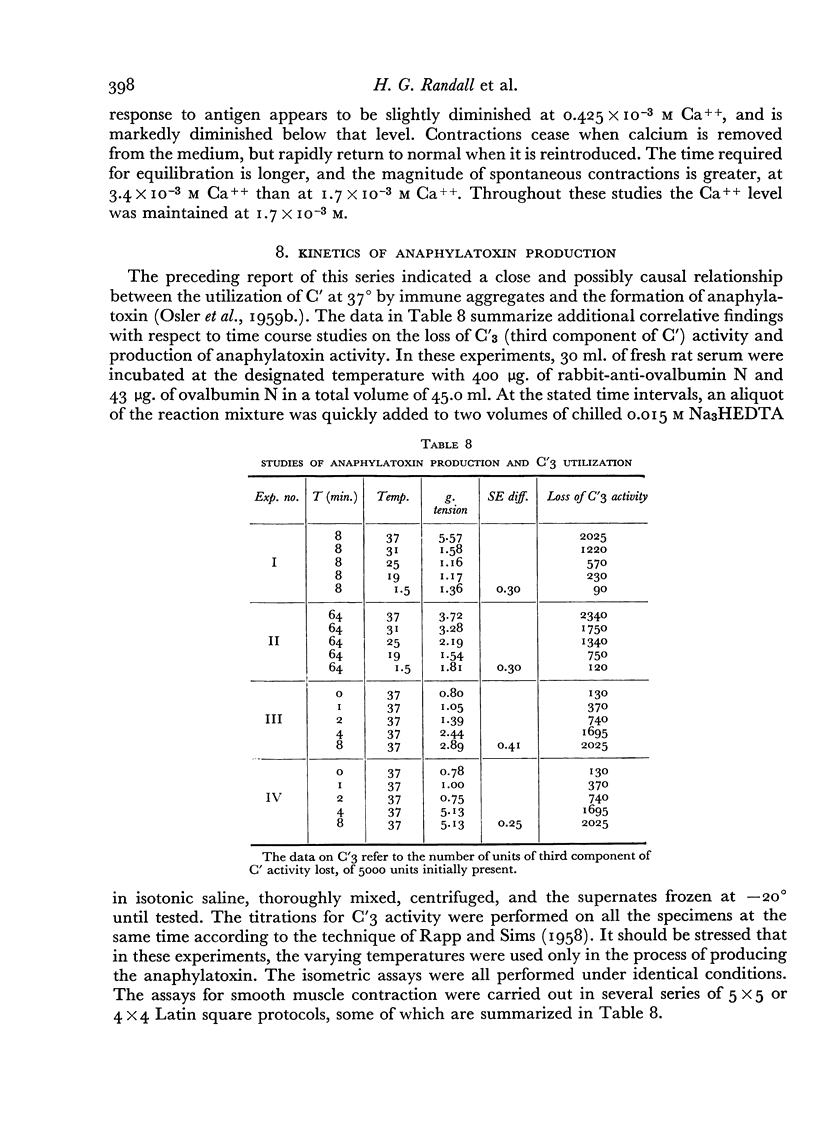
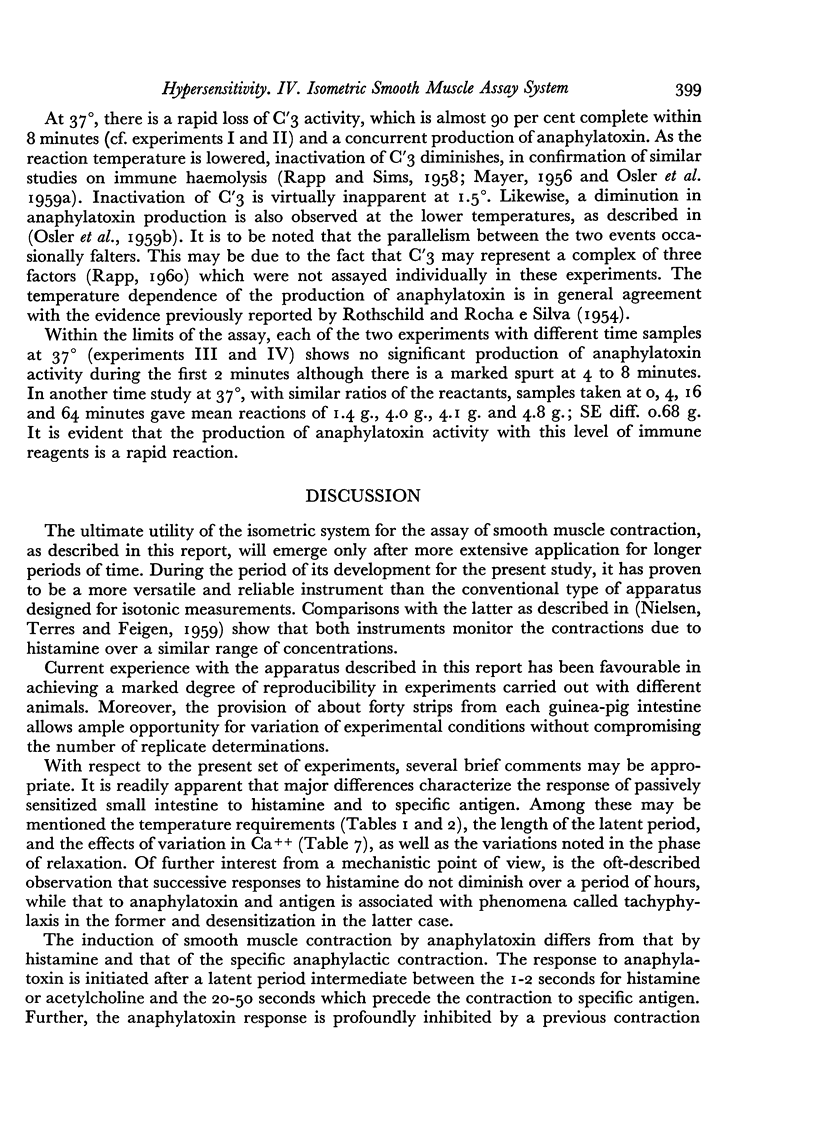
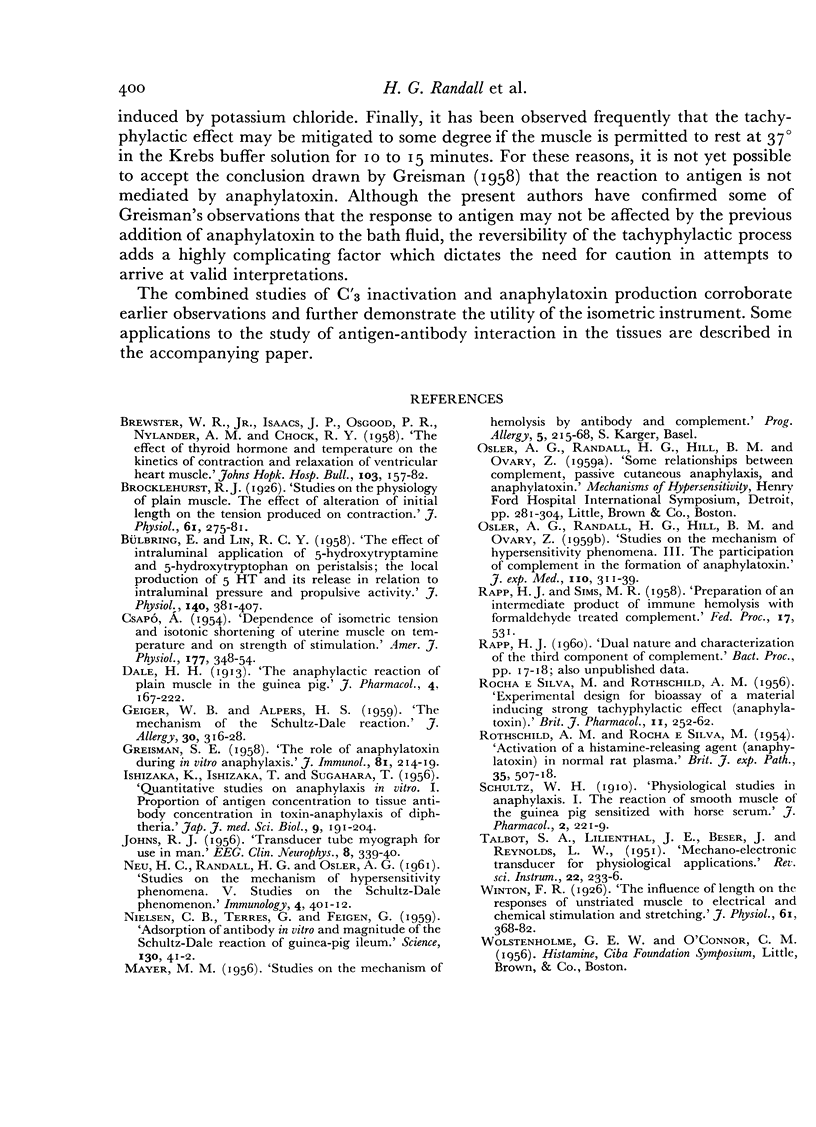
Selected References
These references are in PubMed. This may not be the complete list of references from this article.
- BULBRING E., LIN R. C. The effect of intraluminal application of 5-hydroxytryptamine and 5-hydroxytryptophan on peristalsis; the local production of 5-HT and its release in relation to intraluminal pressure and propulsive activity. J Physiol. 1958 Mar 11;140(3):381–407. [PMC free article] [PubMed] [Google Scholar]
- ISHIZAKA K., ISHIZAKA T., SUGAHARA T. Quantitative studies on anaphylaxis in vitro. I. Proportion of antigen concentration to tissue antibody concentration in toxin-anaphylaxis of diphtheria. Jpn J Med Sci Biol. 1956 Oct;9(4-5):191–204. doi: 10.7883/yoken1952.9.191. [DOI] [PubMed] [Google Scholar]
- JOHNS R. J. A transducer tube myograph for use in man. Electroencephalogr Clin Neurophysiol. 1956 May;8(2):339–340. doi: 10.1016/0013-4694(56)90127-4. [DOI] [PubMed] [Google Scholar]
- ROCHA SILVA E. M., ROTHSCHILD A. M. Experimental design for bioassay of a material inducing strong tachyphylactic effect (anaphylatoxin). Br J Pharmacol Chemother. 1956 Sep;11(3):252–262. doi: 10.1111/j.1476-5381.1956.tb01063.x. [DOI] [PMC free article] [PubMed] [Google Scholar]
- ROTHSCHILD A. M., ROCHA E SILVA M. Activation of a histamine-releasing agent (anaphylatoxin) in normal rat plasma. Br J Exp Pathol. 1954 Oct;35(5):507–518. [PMC free article] [PubMed] [Google Scholar]
- TALBOT S. A., LILIENTHAL J. L., Jr, BESER J., REYNOLDS L. W. A wide range mechano-electronic transducer for physiological applications. Rev Sci Instrum. 1951 Apr;22(4):233–236. doi: 10.1063/1.1745898. [DOI] [PubMed] [Google Scholar]
- Winton F. R. The influence of length on the responses of unstriated muscle to electrical and chemical stimulation, and stretching. J Physiol. 1926 Jun 22;61(3):368–382. doi: 10.1113/jphysiol.1926.sp002300. [DOI] [PMC free article] [PubMed] [Google Scholar]


